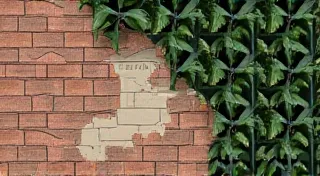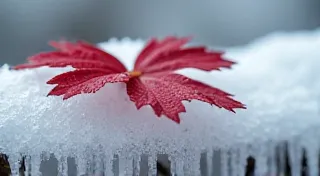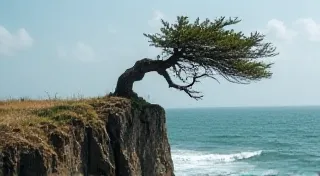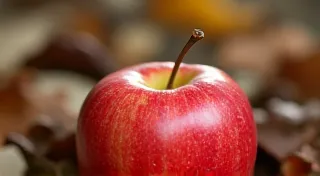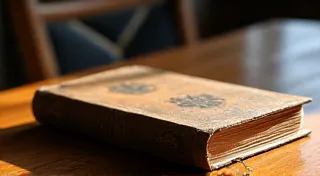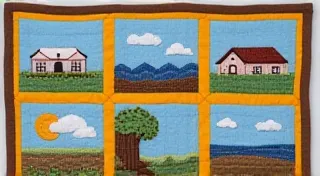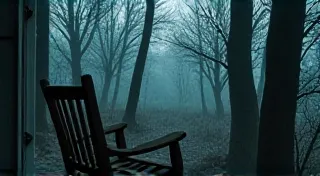The World of Vintage Postcards from Maine
Showcasing and documenting vintage postcards depicting Maine landscapes, towns, and historical events.
A Journey Through Time: Exploring Maine's Past Through Postcards
Maine. The name evokes images of rugged coastlines, towering pines, quaint villages, and a history steeped in maritime tradition. But how do we truly connect with a past that exists only in memory and archived records? For many, the answer lies in the humble postcard – a fleeting moment captured in ink and paper, sent across miles to loved ones, and often, discarded, forgotten, and rediscovered decades later. Welcome to a world where these vintage postcards offer a uniquely personal and evocative window into Maine’s story.
This website is dedicated to the fascinating world of Maine postcards, delving into the visual and social postcard history and the rich Maine history they represent. We’re not just collecting pretty pictures; we’re uncovering narratives – tales of families separated by distance, communities undergoing transformation, and the simple joys and sorrows of everyday life in early 20th-century Maine. Whether you’re an avid postcard collecting enthusiast, a history buff, or simply curious about the state’s heritage, prepare to be transported back in time.
The allure of a postcard extends beyond the stunning depictions of Maine’s scenery. They're tangible links to a bygone era, miniature time capsules that whisper stories of a world on the cusp of massive change. Consider the challenges faced by the lighthouse keepers, often isolated and enduring harsh conditions – a theme we explore in “The Lighthouse Keeper’s Lament: Postcards, Isolation, and the Human Cost of Progress.” Understanding the postcard history informs our appreciation for their significance as communication tools and cultural artifacts.
Unlocking the Stories Behind the Images
Maine’s visual landscape is beautifully represented on these early postcards, even if slightly romanticized. Early “postcard art” often presented idealized versions of reality, shaping perceptions and creating a specific "Maine" identity. We examine how this visual construction took shape in “The Tourist's Gaze: Postcard Views and the Construction of Maine's Image,” revealing how these images were used to attract visitors and build a particular brand of Maine for the world. The Maine history reflected in these images provides a window into the state’s evolving identity.
The true magic of postcard collecting lies in deciphering the stories they hold. Often, the front of a postcard showcases a picturesque scene – a bustling mill town, a thriving orchard, a tranquil lake. Yet, it is the back of the postcard, with its hastily scribbled message, that provides the most compelling insights. In “Paper Relics: Unearthing Untold Stories in Maine Postcard Backs,” we delve into these often overlooked messages, piecing together fragments of personal histories and revealing the complexities of the lives behind the images. This approach to postcard history reveals surprising details about everyday life.
Many postcards lack a signature, leaving us to ponder the identity of the sender – a mystery we explore in “The Absent Signature: Unspoken Stories Behind the Maine Postcard Senders.” Who were these individuals, and what compelled them to send these messages across the miles? These gaps in the narrative invite us to imagine and reconstruct these missing pieces of the puzzle, adding layers to our understanding of Maine history.
A Changing Landscape: Industry, Agriculture, and Community
Maine's history is inextricably linked to its natural resources. The rise of the mill towns, powered by the state's abundant waterways, dramatically shaped the social and economic landscape. We investigate the story of these communities in “The Mill Town’s Reflection: Postcards as a Mirror to Industrial Maine,” analyzing how postcards served as both a form of advertisement for these industries and a means of documenting the lives of the workers. The postcard history of the mill towns illustrates the changing nature of work and community.
Agriculture played a crucial role in Maine’s economy and identity, particularly the cultivation of apples and other fruits. “The Orchard's Remembrance: Seasonal Cycles and Postcard Vignettes of Maine's Harvests” examines how postcards captured the beauty and bounty of Maine's orchards, reflecting the importance of seasonal cycles and the rhythms of rural life. It contributes to our understanding of Maine history and the state's agricultural heritage.
The state’s diverse communities are reflected in the postcards, showcasing the unique character of Maine towns and villages. “The Collector’s Legacy: Passing Down a Postcard Story Through Generations” celebrates the dedication of collectors and the importance of sharing these treasures with future generations, ensuring the preservation of postcard history.
The Passage of Time: Color, Preservation, and Loss
The beauty of these vintage postcards is often intertwined with a sense of fragility. The pigments used in early colorization processes were often unstable, leading to a gradual fading of the vibrant hues. “Sun-Drenched Fragments: The Vulnerability of Color in Aging Maine Postcards” examines the challenges of preserving these fragile images and appreciating the unique aesthetic of aged color prints. Understanding the postcard history informs our appreciation for the techniques and materials of the era.
The impermanence of these images also speaks to a broader sense of loss and change. “The Echoes in the Tintype: Maine Postcards and the Silent Narratives of Loss” explores how postcards captured moments of both joy and sorrow, revealing the human cost of progress and the inevitability of change, providing poignant glimpses into Maine history.
Beyond the Visual: Calligraphy, Geography, and Memory
The handwritten messages on the back of a postcard were often more than just brief notes; they were expressions of connection, love, and longing. “Ink and Echoes: The Calligraphy of Connection in Maine Postcard Correspondence” celebrates the artistry of these handwritten messages and the personal touch they imparted to these ephemeral communications. Analyzing these messages offers valuable insights into social customs and communication styles in postcard history.
Even the geographic representation of Maine on these postcards can tell a story. “The Cartographer’s Ghost: Maine Postcards and the Shifting Geography of Memory” examines how postcards reflected changes in the state’s landscape and how those changes shaped people’s memories and perceptions, contributing to our understanding of Maine history.
Collecting and Legacy
For many, the passion for collecting vintage postcards is a way of connecting with the past and preserving a tangible link to history. It’s a way to actively engage with postcard history and share its stories with others.
These postcards also offer a glimpse into the broader social and cultural trends of the early 20th century. “Beyond the Horizon: The Yearning Embodied in Early Maine Postcard Views” explores the sense of optimism and adventure that characterized the era, as well as the underlying anxieties and uncertainties of a rapidly changing world.
Finally, it's important to acknowledge the silences and gaps in the historical record. “The Postcard's Silence: Gaps in the Narrative of Maine's Early 20th Century” critically examines what these postcards *don't* tell us, prompting us to consider the perspectives and experiences that have been marginalized or erased from Maine history.
“Ephemeral Bloom: Maine Postcard Art and the Fleeting Beauty of a Season,” looks at how artists managed to capture brief moments of beauty in a fleeting landscape.
We invite you to explore our collection and discover the untold stories of Maine’s past. Let these vintage postcards transport you back in time and deepen your appreciation for the beauty, history, and resilience of the Pine Tree State.





